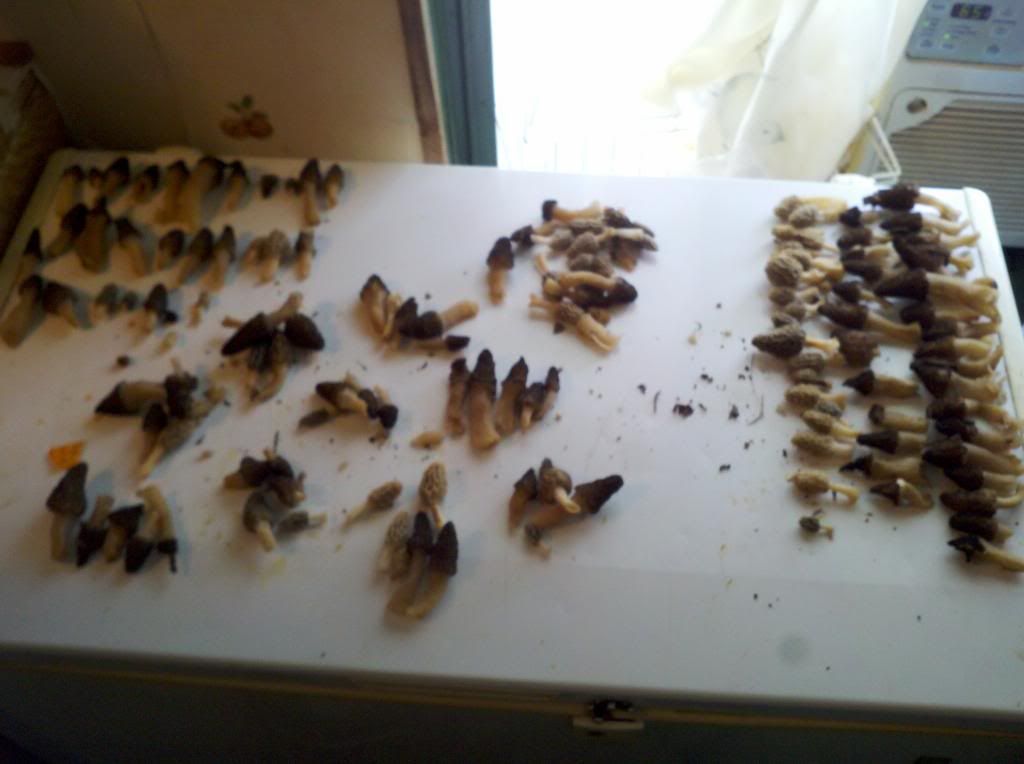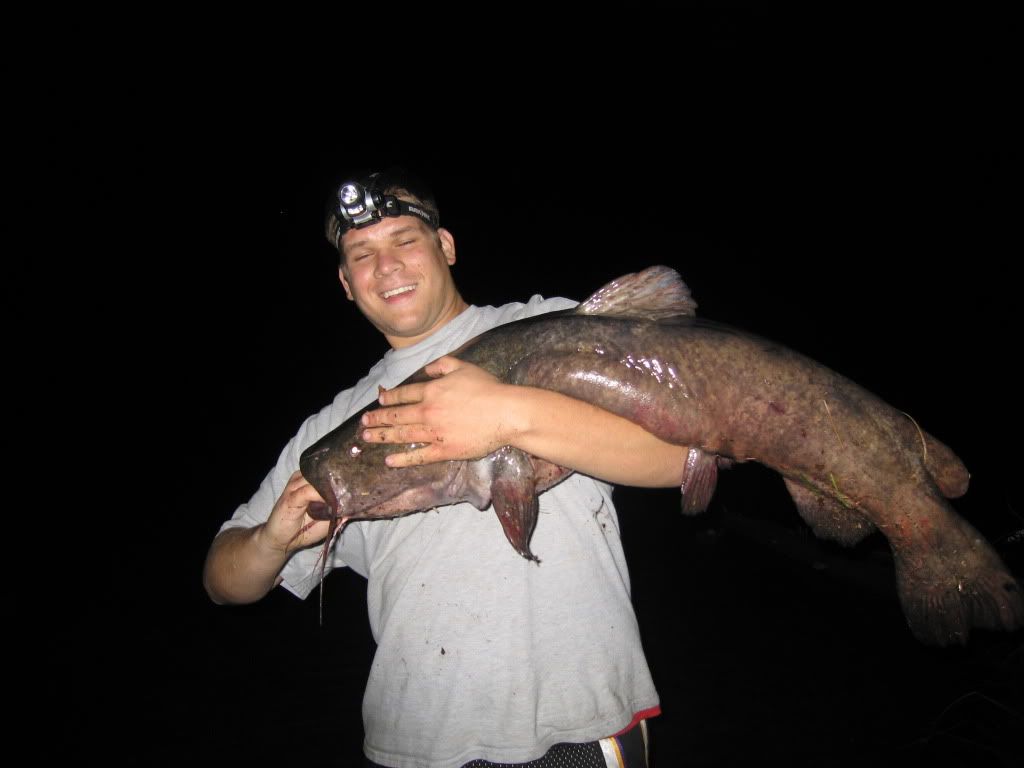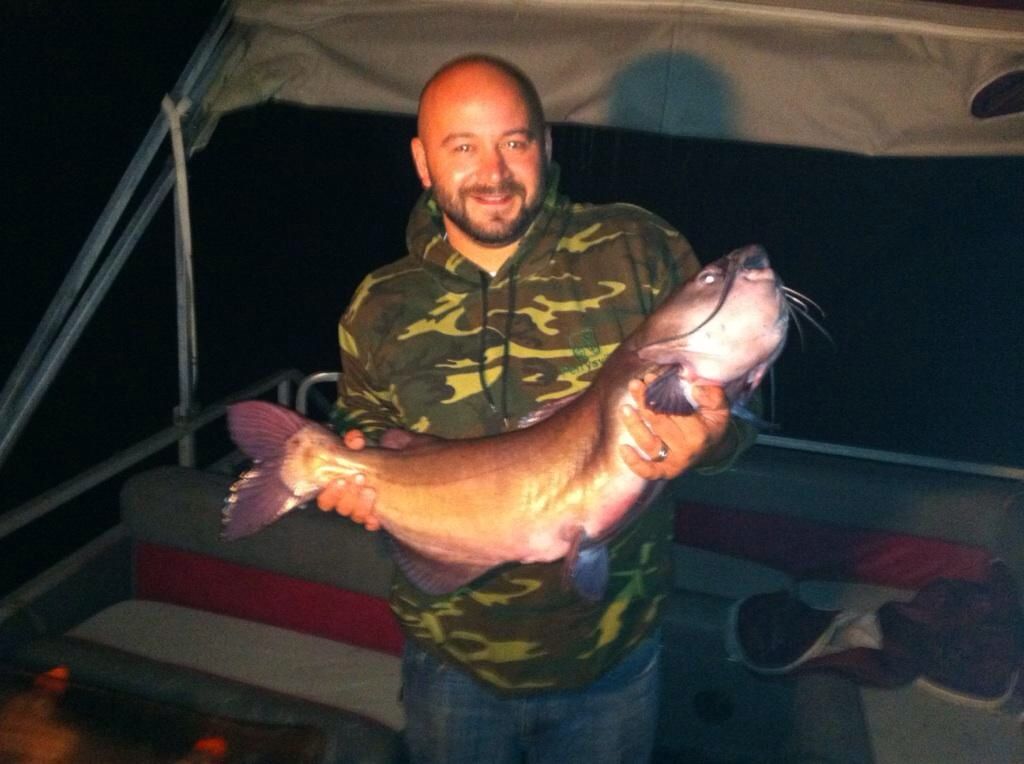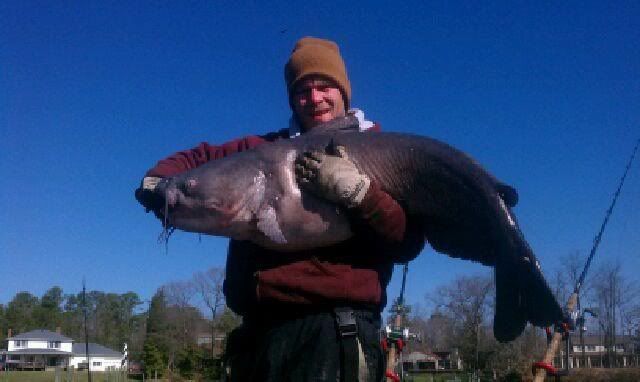Post by Seanstone on Apr 27, 2013 17:32:40 GMT -5
I wrote a blog about shrooming and thought I'd share it here.
Well today I woke up at 10am and the local weatherman was calling for rain at 4pm. So with a limited window of dry weather I decided to go poke around the woods and see if we could find a few morels for dinner. During the trip I decided to take a few videos and write a blog on mushroom hunting. I have been hunting for mushrooms since I was 6 or 7 and have developed many techniques to help me find mushrooms. Heres a picture of a trip Amanda and I took in 2011, in Southern Ohio, not Michigan, Wisconsin, or any other state that is known for mushroom hunting.......just to show that I do know a little bit about mushroom hunting and add some validity to my strategies.

Here I'll highlight some of those strategies and then give a brief report with some videos at the end.
I typically hunt with 2 to 4 people other than myself and I have less than perfect vision. So I have developed strategies to give myself an advantage. I typically don't get the most mushrooms out of the group of people I hunt with but I finish a close second a lot.
Tips and Strategies:
First off you'll need to understand the mushroom season. Typically in southern Ohio mushrooms will start to come up the first week of April and last until the second week of May, when they dry up and the woods get too green. Mushrooms vary in color; black, yellows, and greys. There are variations of course, (spikes....morels that have an elongated shaft with a little head thats black in color, Whites.....very young grey mushrooms), however we only distinguish between the three. The black morels come up first followed by the yellow and then the grey. During the early season, (April) early black morels can be found on hills with southerly aspect (which way a hill faces). Hills with southerly aspect will receive the most sunlight, and therefore receive the most warmth. On our property we don't have south facing hills but some of the ridges and valleys have southerly aspects. On our first two trips we will look for fallen trees, thorn bushes, rocks, etc. that face south. Typically we find mushrooms right on the edge of these, our theory is that they collect the suns rays and heat the ground immediately in front of themselves. Other than aspect, variations in elevation also affect when and where mushrooms pop up. We hunt a hill that is well over 600 feet in height. It has been my experience that mushrooms will come up first on the top of the hill, and then they will pop up later in the season on the bottom side of the hill. One trip in the woods this time of the year and you will see a distinct line of green, where the vegetation has yet to pop up. We never find any mushrooms below the line of vegetation.
Once you have a general idea of where to look there are three techniques I employ to find mushrooms. The first of which is looking for color. Early in the season this is the style I use the most. When black mushrooms are up, and when the ground of the forest is somewhat dry, the black will contrast the rest of the ground. I search the ground for a dark spot and then focus on the exact spot to determine what the dark spot is. Mushrooms grow in patches so once you find one you will find another one, greater than 95% of the time. Therefore, once I find a mushroom I then employ the second technique of slowly looking at every detail of the ground. Its a slow and painful process, one that will give you a headache if you focus too hard for too long. (A good tip here is if its the first mushroom of the trip..... let everyone else in your group find the exact mushroom , this will let them know what they are looking for. Its also good to take a look at someone elses mushroom to get you eyes adjusted back after long periods of time without finding a mushroom.) The third method I employ is looking for texture, I use this when the ground is wet when i'm looking for blacks or late in the season when the yellows and greys are up. Morels have a very specific look to them, wrinkled like a walnut thats lost its hull. Personally I cant distinguish the yellow and grey color from old leaf litter so I use this method later in the season. I simply scan the ground for the pattern of a mushrooms head, and once I run across something with the same pattern i'll then focus on that particular spot. Once I find a mushroom I then slow down and look at every detail of the ground in order to find its partners. On occasion you will find a mushroom that has had its partners picked or one that is the first one of its partners to pop up. However, this is a rare occasion. If you ever find one and then lose the patch, go back to the spot where you found one and then make a circle around the spot until you find where the patch leads.
As I said above I typically hunt with a group of people, and at times its pretty handy to have more eyes looking especially when looking for new patches. We start out in a line, probably 10 -15 feet apart and start walking a hillside. The first person walks below a flat, the second on the bottom of the flat, the third on the top of the flat, and then I walk the slope right above the flat. We start walking until we find a productive pattern.
Report
Today we went out for a few hours and ended up finding around 150 morels again. All but 30 were blacks so its still early in the season. Were still waiting for some good rain to get those yellows really going.

While I was mushroom hunting I decided to take a few videos of mushrooms that I found. The first video I took was of a spot that had 5 black mushrooms and 2 yellows in a very small area.
The second video I took was of black, yellow, and grey mushrooms growing together. This is a pretty rare sight. Typically blacks will grow at one spot and then yellows and greys at a whole other spot.
The last video I took was of a mushroom I found and then as I was bending down to pick it I noticed a small speck of black on a leaf, to my surprise a mushroom was trying to grow through it.
All in all it was a pretty good day, however it did not rain and I could have went fishing. All wasn't lost, at least I'll have a morel dinner and I get a few posts up and a blog written.
Well today I woke up at 10am and the local weatherman was calling for rain at 4pm. So with a limited window of dry weather I decided to go poke around the woods and see if we could find a few morels for dinner. During the trip I decided to take a few videos and write a blog on mushroom hunting. I have been hunting for mushrooms since I was 6 or 7 and have developed many techniques to help me find mushrooms. Heres a picture of a trip Amanda and I took in 2011, in Southern Ohio, not Michigan, Wisconsin, or any other state that is known for mushroom hunting.......just to show that I do know a little bit about mushroom hunting and add some validity to my strategies.

Here I'll highlight some of those strategies and then give a brief report with some videos at the end.
I typically hunt with 2 to 4 people other than myself and I have less than perfect vision. So I have developed strategies to give myself an advantage. I typically don't get the most mushrooms out of the group of people I hunt with but I finish a close second a lot.
Tips and Strategies:
First off you'll need to understand the mushroom season. Typically in southern Ohio mushrooms will start to come up the first week of April and last until the second week of May, when they dry up and the woods get too green. Mushrooms vary in color; black, yellows, and greys. There are variations of course, (spikes....morels that have an elongated shaft with a little head thats black in color, Whites.....very young grey mushrooms), however we only distinguish between the three. The black morels come up first followed by the yellow and then the grey. During the early season, (April) early black morels can be found on hills with southerly aspect (which way a hill faces). Hills with southerly aspect will receive the most sunlight, and therefore receive the most warmth. On our property we don't have south facing hills but some of the ridges and valleys have southerly aspects. On our first two trips we will look for fallen trees, thorn bushes, rocks, etc. that face south. Typically we find mushrooms right on the edge of these, our theory is that they collect the suns rays and heat the ground immediately in front of themselves. Other than aspect, variations in elevation also affect when and where mushrooms pop up. We hunt a hill that is well over 600 feet in height. It has been my experience that mushrooms will come up first on the top of the hill, and then they will pop up later in the season on the bottom side of the hill. One trip in the woods this time of the year and you will see a distinct line of green, where the vegetation has yet to pop up. We never find any mushrooms below the line of vegetation.
Once you have a general idea of where to look there are three techniques I employ to find mushrooms. The first of which is looking for color. Early in the season this is the style I use the most. When black mushrooms are up, and when the ground of the forest is somewhat dry, the black will contrast the rest of the ground. I search the ground for a dark spot and then focus on the exact spot to determine what the dark spot is. Mushrooms grow in patches so once you find one you will find another one, greater than 95% of the time. Therefore, once I find a mushroom I then employ the second technique of slowly looking at every detail of the ground. Its a slow and painful process, one that will give you a headache if you focus too hard for too long. (A good tip here is if its the first mushroom of the trip..... let everyone else in your group find the exact mushroom , this will let them know what they are looking for. Its also good to take a look at someone elses mushroom to get you eyes adjusted back after long periods of time without finding a mushroom.) The third method I employ is looking for texture, I use this when the ground is wet when i'm looking for blacks or late in the season when the yellows and greys are up. Morels have a very specific look to them, wrinkled like a walnut thats lost its hull. Personally I cant distinguish the yellow and grey color from old leaf litter so I use this method later in the season. I simply scan the ground for the pattern of a mushrooms head, and once I run across something with the same pattern i'll then focus on that particular spot. Once I find a mushroom I then slow down and look at every detail of the ground in order to find its partners. On occasion you will find a mushroom that has had its partners picked or one that is the first one of its partners to pop up. However, this is a rare occasion. If you ever find one and then lose the patch, go back to the spot where you found one and then make a circle around the spot until you find where the patch leads.
As I said above I typically hunt with a group of people, and at times its pretty handy to have more eyes looking especially when looking for new patches. We start out in a line, probably 10 -15 feet apart and start walking a hillside. The first person walks below a flat, the second on the bottom of the flat, the third on the top of the flat, and then I walk the slope right above the flat. We start walking until we find a productive pattern.
Report
Today we went out for a few hours and ended up finding around 150 morels again. All but 30 were blacks so its still early in the season. Were still waiting for some good rain to get those yellows really going.

While I was mushroom hunting I decided to take a few videos of mushrooms that I found. The first video I took was of a spot that had 5 black mushrooms and 2 yellows in a very small area.
The second video I took was of black, yellow, and grey mushrooms growing together. This is a pretty rare sight. Typically blacks will grow at one spot and then yellows and greys at a whole other spot.
The last video I took was of a mushroom I found and then as I was bending down to pick it I noticed a small speck of black on a leaf, to my surprise a mushroom was trying to grow through it.
All in all it was a pretty good day, however it did not rain and I could have went fishing. All wasn't lost, at least I'll have a morel dinner and I get a few posts up and a blog written.














